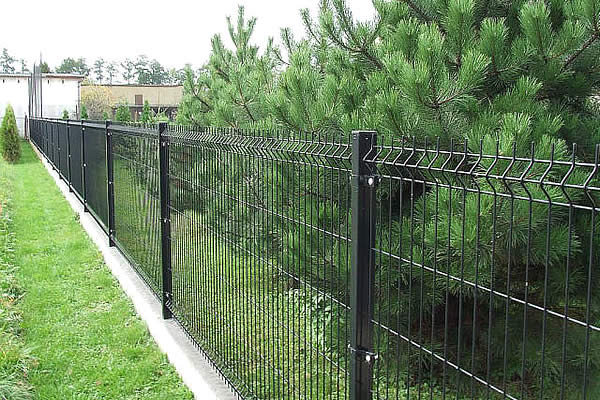 TEL:
+86-13102802206
TEL:
+86-13102802206
 Email:
fencenetting@china.com
Email:
fencenetting@china.com
 Language
Language
 TEL:
+86-13102802206
TEL:
+86-13102802206
 Email:
fencenetting@china.com
Email:
fencenetting@china.com
 Language
Language


The Concertina Barbed Wire A Historical and Modern Perspective
Introduction
Concertina barbed wire, a twisted and razor-sharp fencing material, has played a multifaceted role throughout history. Initially invented as a means of livestock containment, its applications have evolved dramatically, especially during wartime and in modern security measures. This article explores the origins of concertina barbed wire, its historical significance, and its contemporary uses.
The Origins of Concertina Barbed Wire
The invention of barbed wire can be traced back to the late 19th century. Joseph Glidden, a farmer from Illinois, is often credited with the patent of the most recognizable form of barbed wire in 1874. His creation was designed to protect farmland from roaming cattle and wild animals. The introduction of the concertina form, characterized by its coiled, accordion-like structure, emerged as an innovation in the early 20th century.
Concertina barbed wire was developed to enhance the functionality of traditional barbed wire. Its design includes loops of barbed wire coiled tightly to create a formidable barrier that is both lightweight and easy to deploy. This made it especially useful in military applications during World War I and World War II.
The Role of Concertina Barbed Wire in Warfare
During the World Wars, concertina barbed wire became a key defensive feature in trenches and fortifications. Its ability to deter enemy troops made it an essential component of battlefield strategy. Soldiers quickly learned that navigating through well-placed concertina wire could lead to serious injury or even death. This form of barbed wire not only protected the front lines but also obstructed movement, buying valuable time for defenders.
Historically, the significance of concertina wire extends beyond its physical barrier. It has often been seen as a symbol of conflict and division. In many instances, it has been used to demarcate territories, whether on the front lines of battle or in the context of political boundaries, such as in the Berlin Wall or the demilitarized zone between North and South Korea.

Modern Applications of Concertina Barbed Wire
In contemporary society, concertina barbed wire remains prevalent, albeit in different contexts. Today, it is widely used in prison security, border control, and high-security areas. Its effectiveness in preventing unauthorized access makes it a popular choice for facilities that require heightened security measures.
Beyond its security applications, concertina barbed wire has also been utilized in urban planning and development. As cities expand, the need for protective barriers becomes increasingly important to manage public safety. However, the use of such barriers raises ethical considerations. The symbolism of barbed wire—often associated with confinement and oppression—can invoke strong reactions from communities.
Environmental and Ethical Considerations
While concertina barbed wire serves practical purposes, its environmental impact and associated ethical dilemmas cannot be overlooked. The sharp edges of such wire can pose risks to wildlife, leading to injuries and fatalities. Animals can become entangled, and this hazard necessitates the consideration of alternate fencing methods that are more wildlife-friendly.
Moreover, the use of concertina wire in contentious zones can raise humanitarian concerns. Activists and organizations often highlight the psychological effects of living near razor wire barriers, which may evoke feelings of fear and isolation. As societies grapple with security versus humane treatment, discussions around the necessity and implications of concertina barbed wire become increasingly relevant.
Conclusion
Concertina barbed wire is more than just a fencing material; it is a representation of humanity's complex relationship with security, conflict, and ethical considerations. From its agricultural roots to its prominent role in military and modern security applications, it embodies both protection and division. As we explore the implications of such barriers in our environments, it is crucial to balance security needs with a commitment to ethical practices and environmental protection. The future of concertina barbed wire may lie in reevaluating its role, ensuring that while we safeguard our spaces, we also respect the integrity of the ecosystems and communities we inhabit.